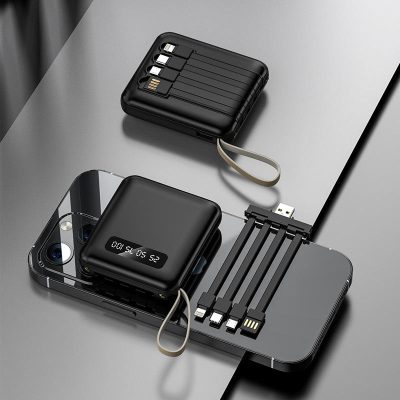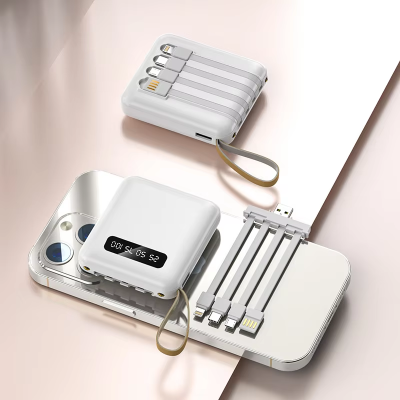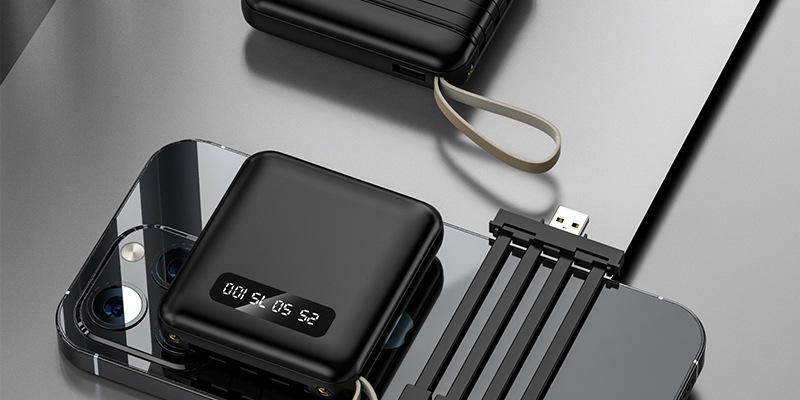Choosing the perfect power bank for your needs involves considering several factors to ensure it meets your specific requirements. Here are some key steps to guide you through the selection process:
1. Determine Your Capacity Needs
-
Small Capacity (Up to 7,500 mAh):
- Suitable for fully charging a smartphone once to three times.
- Pocket-friendly and lightweight.
-
Medium Capacity (7,500 to 14,999 mAh):
- Can fully charge a smartphone four to five times.
- Likely to fit in a jacket pocket.
-
Large Capacity (Over 15,000 mAh):
- Capable of fully charging a smartphone five or more times.
- Bulkier and typically carried in a bag.
- Note: Power banks over 27,000 mAh cannot be taken on planes and may be confiscated at the airport. For air travel, a power bank should not exceed 100 watt-hours (Wh), which can be calculated by dividing the milliamp-hours (mAh) by 1000 and multiplying the result by the voltage (V).
2. Consider the Charging Speed
- Voltage and Amperage: The charging speed of a power bank is measured in watts, which is the product of voltage and amperage.
- Higher Wattage: Generally, a higher wattage means faster charging. For instance, a power bank with a 22.5W charging speed can charge a phone to over 55% in just 30 minutes.
3. Evaluate the Ports and Cables
- USB Ports: Most power banks have USB-A ports for both input (charging the power bank) and output.
- Cable Inclusivity: Some power banks come with built-in cables, while others require you to use your own.
- Port Variety: Look for power banks with multiple ports if you need to charge multiple devices simultaneously.
4. Check for Additional Features
- LED Display: A power bank with an LED display can show the remaining battery life, making it easier to monitor.
- Quick Charge Support: This feature allows for faster charging of compatible devices.
- Solar Charging: While less common, some power banks support solar charging, which can be useful in certain situations.
- Short Circuit Protection: Ensure the power bank has built-in short circuit protection to prevent damage.
5. Consider the Brand and Quality
- Brand Reliability: Choose a well-known and reputable brand for better quality assurance.
- Customer Reviews: Read customer reviews to understand the performance and reliability of the power bank.
- Warranty: Look for a power bank with a warranty to cover any potential issues.
6. Decide on the Form Factor
- Size and Weight: Choose a power bank that is easy to carry and fits your lifestyle.
- Design: Look for a sleek and stylish design if appearance is important to you.
7. Compatibility
- Ensure the power bank is compatible with the devices you plan to charge, including smartphones, tablets, and other gadgets.
By carefully considering these factors, you can choose a power bank that perfectly meets your needs, ensuring you stay powered up anytime, anywhere.









